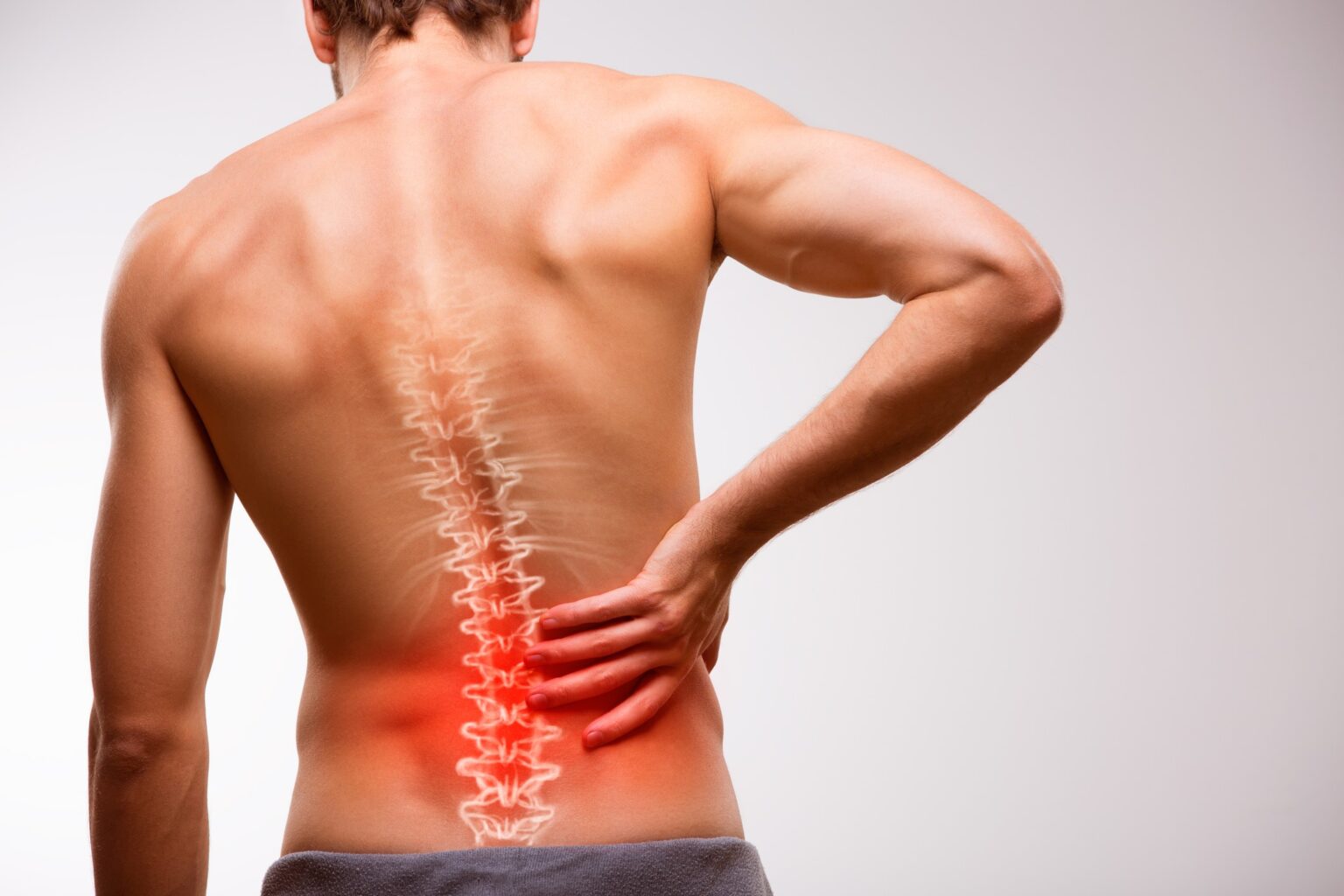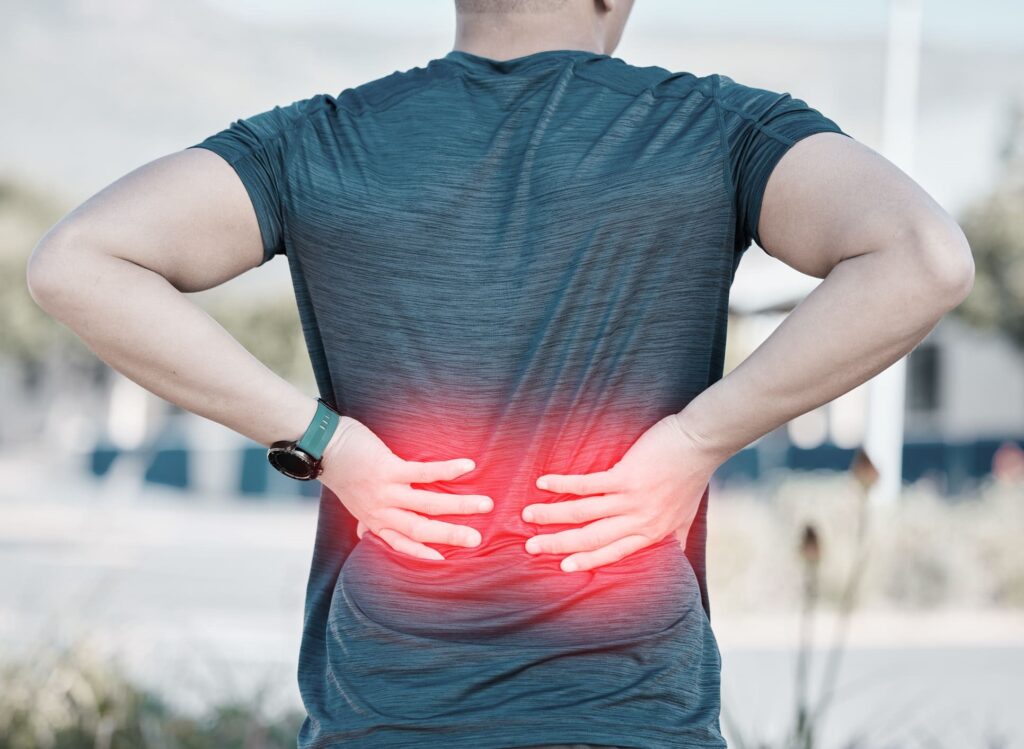SCHEDULE AN APPOINTMENT WITH US
Are Your Symptoms Affecting Your Quality Of Life?
Consult our MOH-accredited orthopaedic specialist for an accurate diagnosis & personalised treatment plan today.

MBBS (S’PORE)
MRCS (Ireland)
MMed (Ortho)
FRCSEd (Ortho)

The spine, consisting of 33 vertebrae, protects the spinal cord and provides structural support to the body. Intervertebral discs are positioned between these vertebrae, providing flexibility and absorbing shocks.
A slipped disc, more accurately termed a herniated or prolapsed disc, occurs when an intervertebral disc, which acts as a cushion between the vertebrae in the spine, becomes damaged and presses on the nerves. This condition often results from age-related wear and tear, known as disc degeneration.
The development of a herniated or slipped disc is often attributed to a combination of factors that contribute to the degeneration and subsequent injury of the intervertebral disc. Some of the common causes include:
The symptoms of a slipped (herniated) disc can vary significantly depending on the location of the herniation and the type of soft tissue that becomes involved. Common symptoms include:


SCHEDULE AN APPOINTMENT WITH US
Consult our MOH-accredited orthopaedic specialist for an accurate diagnosis & personalised treatment plan today.
Accurate diagnosis of a slipped (herniated) disc is crucial for effective treatment. The process typically involves several steps to understand the symptoms and determine the exact cause of the pain:
Non-surgical treatments are often the first line of therapy for a slipped disc. These options aim to alleviate pain, improve mobility, and promote healing. Common non-surgical treatments include:
Tailored exercises and stretching routines to improve flexibility, strengthen the back and core muscles, and reduce pressure on the nerve.
Injections of corticosteroids into the epidural space to reduce inflammation and pain.
Applying heat or cold packs to the affected area to reduce pain and muscle tension.
Maintaining a healthy weight is crucial in reducing the load on the spine. Strategies for weight management may include a balanced diet and regular exercise. Consulting with an orthopaedic surgeon can provide tailored advice for effective weight management.
Surgical intervention for a slipped disc is typically considered when non-surgical treatments fail to provide relief, or in cases where there is significant nerve impairment or severe symptoms. Common surgical options include:

MBBS (S’pore)
MRCS (Ireland)
MMed (Ortho)
FRCSEd (Ortho)
Dr Kau (许医生) is a Fellowship trained Orthopaedic Surgeon with a subspecialty interest in Hip and Knee surgery and has been in practice for more than 15 years.
He is experienced in trauma and fracture management, sports injuries, and joint replacement surgery.
While it is not always possible to prevent a slipped disc, certain measures can be taken to reduce the risk and maintain spinal health. Key prevention strategies include:
For Singaporeans, Singapore Permanent Residents and Foreigners.
Please speak to our friendly clinic staff about using your insurance plans.

If you have any enquiry, please do get in touch. Leave us a message and we will get back to you shortly.
In many cases, a slipped disc can heal on its own over time. The body may reabsorb the protruding part of the disc, relieving the pressure on the nerve. Non-surgical treatments like physical therapy, pain management, and lifestyle modifications can support this natural healing process.
The recovery time varies depending on the severity of the condition and the individual’s response to treatment. Generally, symptoms improve within a few weeks to a few months with conservative treatment. However, complete healing may take longer.
Yes, but it is important to choose low-impact exercises that do not strain the spine. Activities like swimming, walking, and specific stretching and strengthening exercises can be beneficial. Consult a physical therapist for a personalised exercise plan.
Yes, it is possible to have a recurrence of a slipped disc. Adhering to preventive measures, maintaining a healthy lifestyle, and incorporating regular exercise and good posture can reduce the risk of recurrence.